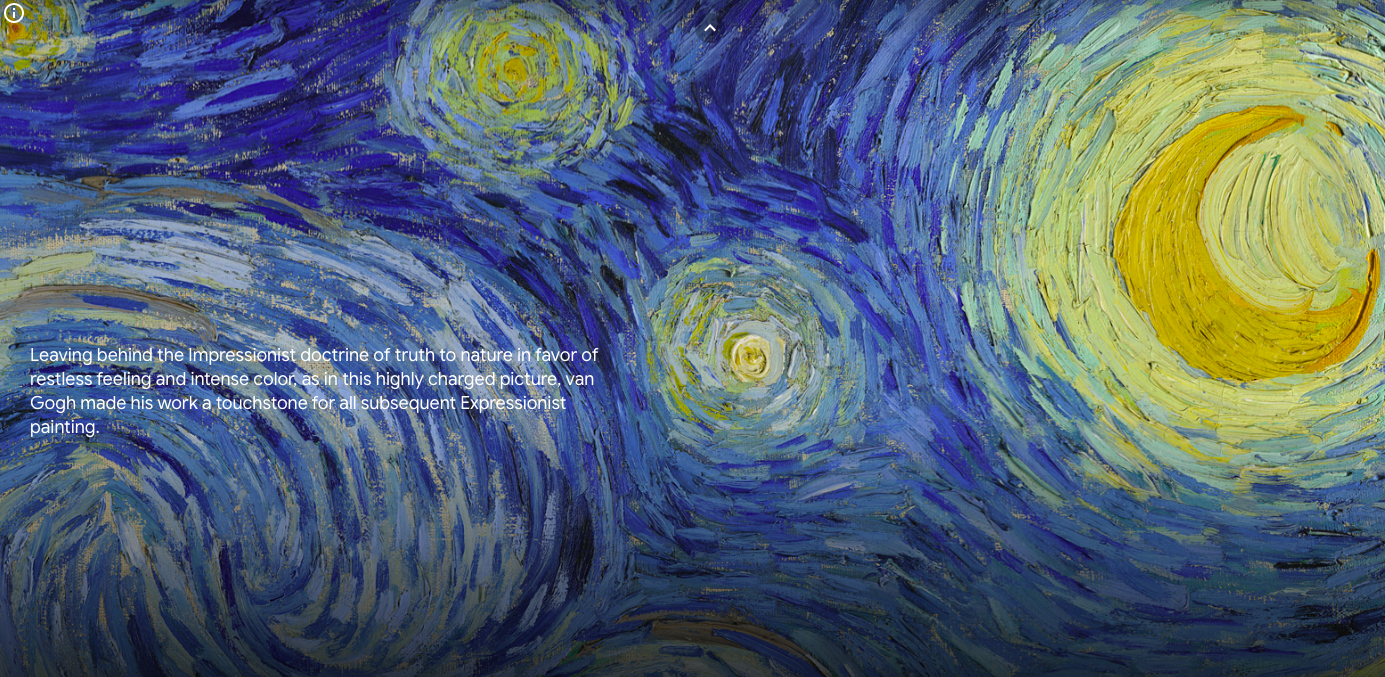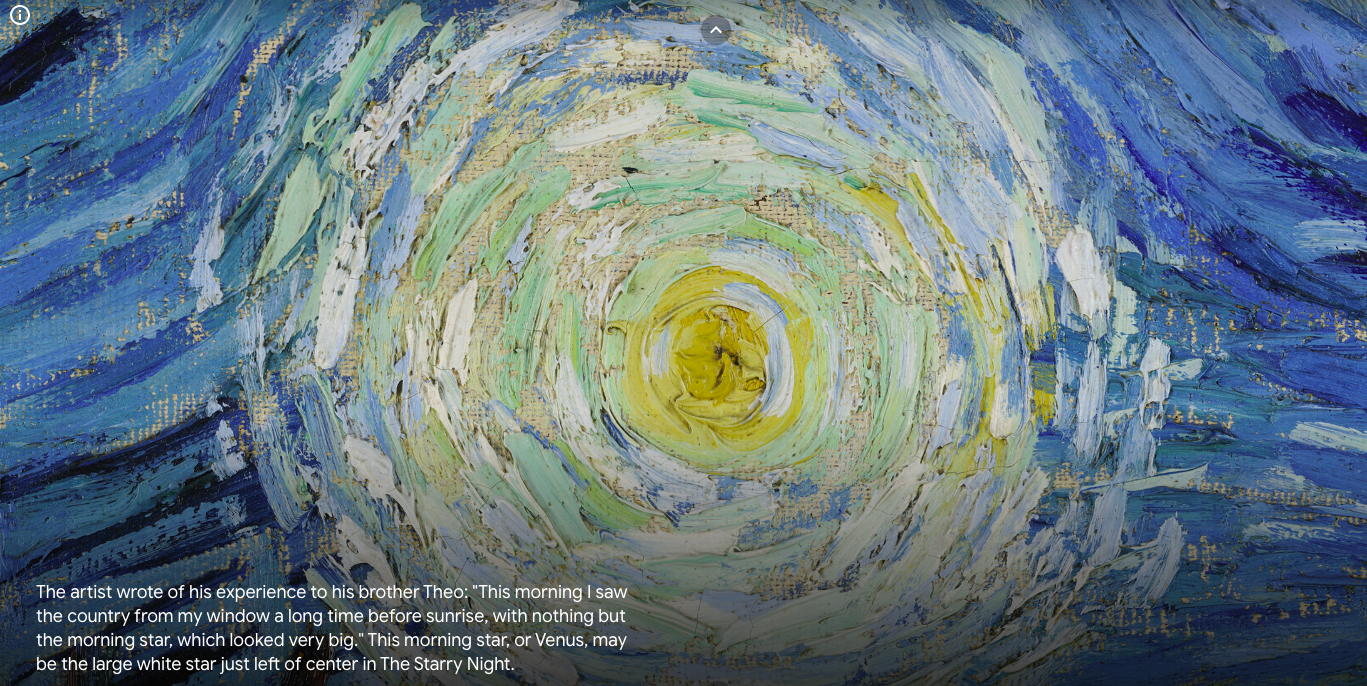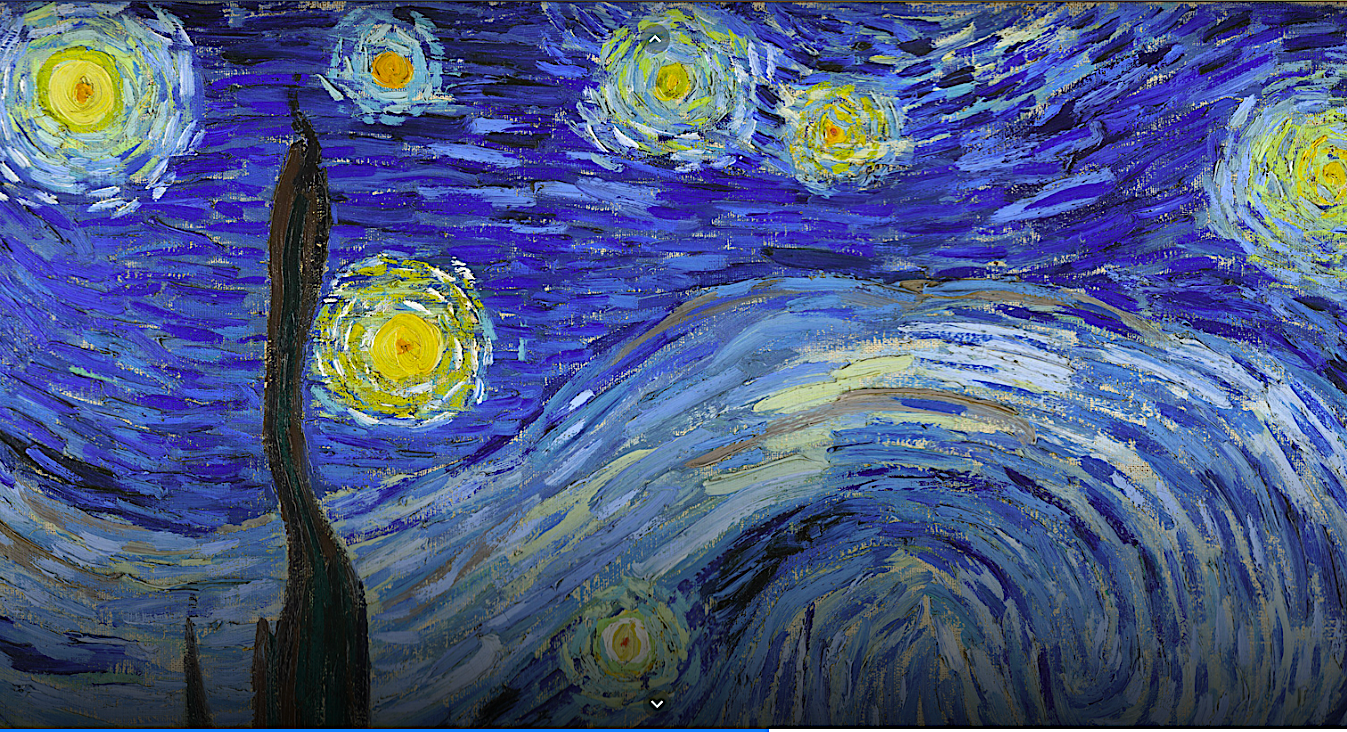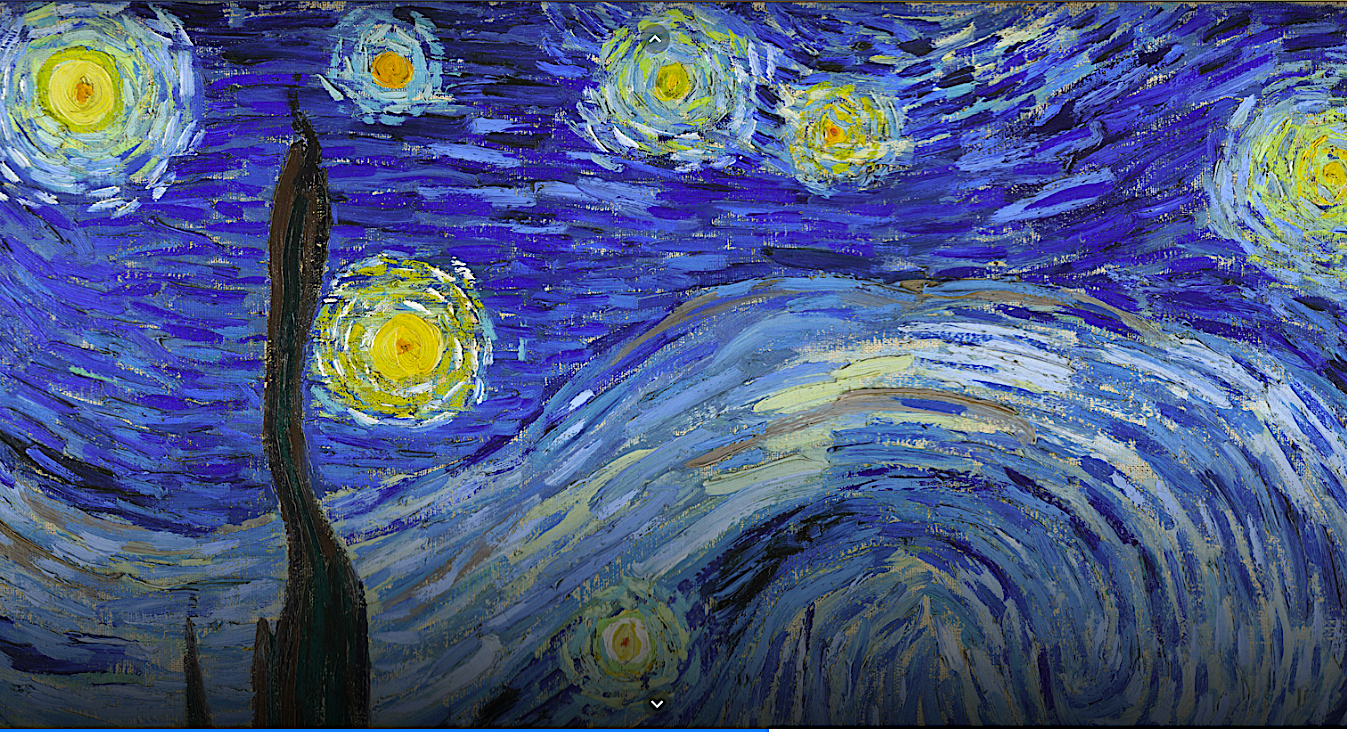Few symphonies are as well-known as Beethoven’s Ninth, an assertion supported by the fact that it’s no doubt playing in your head even as you read this. Few symphonies are less well-known — at least by Beethoven’s standards — than his Tenth, primarily because he never actually got the thing finished. He did make a start on it, however, and at his death in 1827 left behind notes and drafts composed alongside the Ninth, which had also been commissioned by the Royal Philharmonic Society. Such is Beethoven’s stature that his enthusiasts have been speculating ever since on what his incomplete symphony would sound like if completed, employing any techniques to do so that their time put at hand.
“In 1988, musicologist Barry Cooper ventured to complete the first and second movements,” writes Rutgers University Art & AI Lab director Ahmed Elgammal at The Conversation. “He wove together 250 bars of music from the sketches to create what was, in his view, a production of the first movement that was faithful to Beethoven’s vision. Yet the sparseness of Beethoven’s sketches made it impossible for symphony experts to go beyond that first movement.”
When Beethoven’s milestone 250th year approached, however, the age of artificial intelligence was well underway. To Matthias Röder, the director of Salzburg’s Karajan Institute, uniting this towering composer and this promising technology had become an irresistible proposition.
Elgammal and Röder were just two of the team that came together to take on the formidable task of engineering a form of machine learning capable of helping to complete Beethoven’s Tenth. The others included composer Walter Werzowa (“famous for writing Intel’s signature bong jingle”), computational music expert Mark Gotham, and musicologist-pianist Robert Levin, who “had previously finished a number of incomplete 18th-century works by Mozart and Johann Sebastian Bach.” Deutsche Telekom provided funding for the project, and also produced the short documentary video on its result above. However conceptually intriguing, this A.I.-driven musical endeavor could finally be put to the test in only one way: hearing it performed by a 100-percent human orchestra. As Werzowa puts it, looking skyward, “We hope when he hears it now that he smiles.”
Related Content:
Stream the Complete Works of Bach & Beethoven: 250 Free Hours of Music
The Story of How Beethoven Helped Make It So That CDs Could Play 74 Minutes of Music
Based in Seoul, Colin Marshall writes and broadcasts on cities, language, and culture. His projects include the Substack newsletter Books on Cities, the book The Stateless City: a Walk through 21st-Century Los Angeles and the video series The City in Cinema. Follow him on Twitter at @colinmarshall or on Facebook.





